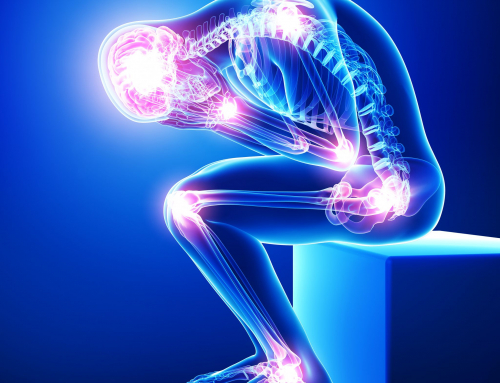About 80 percent of the population will have back pain at some time in their lives, according to the National Chiropractic Association. A back spasm is the involuntary contraction or tensing of the muscles in the lower back.
The condition ranges from infrequent spasms with mild discomfort to chronic spasms with severe pain that makes it difficult to move.
Back spasms can typically be treated effectively without surgery. Some intervention may be necessary if the pain is related to nerve problems in the spine.
Back spasms can be the result of injuries to the muscles, tendons, and ligaments in the back, or they can be related to more serious medical conditions. Heavy lifting is a common cause of back spasms.
In addition to heavy lifting, any activity that puts excessive strain on the muscles and ligaments in the lower back can cause an injury. Sports such as football and golf can lead to back spasms because they demand that the back turn suddenly and repeatedly.
Your back muscles may be more vulnerable if you have weak abdominal muscles, which help support the back. Weak or stiff muscles in the back itself can be injured more easily than muscles that are stronger and more limber.
Back spasms may occur if you have arthritis or a ruptured disc in your spine. Arthritis in the lower back can put pressure on the spinal cord, which may cause pain in the back and the legs. A ruptured or bulging disc in the vertebrae may also pressure a nerve and result in back pain.
Your doctor may order an X-ray to look for signs of arthritis or bone fracture.
They may also order magnetic resonance imaging (MRI) or computerized tomography (CT) to gain a better look at the muscles and other soft tissues. These scans can also help identify possible problems with the discs or with blood supply to the affected area.
You can help your doctor arrive at an accurate diagnosis by explaining your symptoms in detail. Be ready to discuss:
- the severity of your back pain
- how often it flares up
- what relieves the pain
- when it started
Be sure to tell your doctor if you started getting spasms after a sports injury or after some other physical activity such as moving furniture. That may help determine whether a muscle injury caused the spasms.
If your spasms do begin after an injury or an activity that stressed the muscles, try alternating ice and heat on your back. Ice will help reduce inflammation and heat may help improve blood flow.
Medications such as nonsteroidal anti-inflammatory drugs (NSAIDs) and muscle relaxants may help relieve symptoms while the muscles heal. Research supports that muscle relaxants provide significant pain relief in short-term muscle spasms.
Injections of an anti-inflammatory medication (cortisone) may also help. But there are potential side effects with every medication. Ask your doctor about the risks and benefits of these injections.
Chiropractic care may help, but be sure to see a doctor to have your condition properly diagnosed first. Physical therapy to help strengthen your back and abdominal muscles is often recommended, as long as the muscles are healthy enough for exercise.
Your back works hard for you. The better you take care of it, the lower your risk for developing back spasms will become.
- Losing a few pounds if you’re overweight will help relieve the stress on your spine and your joints.
- Standing up straight and wearing low-heeled shoes will help provide stability and strength in your lower back.
- Engaging in regular physical activity, such as strengthening exercises for your back and abdomen will also help keep you moving and feeling great.
- Spending too much time in bed or in a seat will lead to worsening back problems.
If you aren’t currently physically active, talk to your doctor before beginning an exercise program. They may suggest certain exercises that will be easier on your back.
If you do develop back spasms, don’t hesitate to see a doctor. Back pain is generally treatable and there’s no reason to struggle with spasms that’ll keep you out of action.





